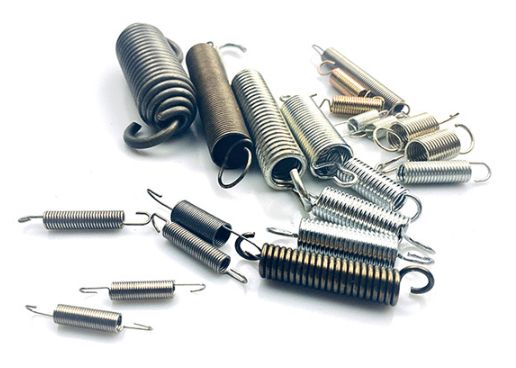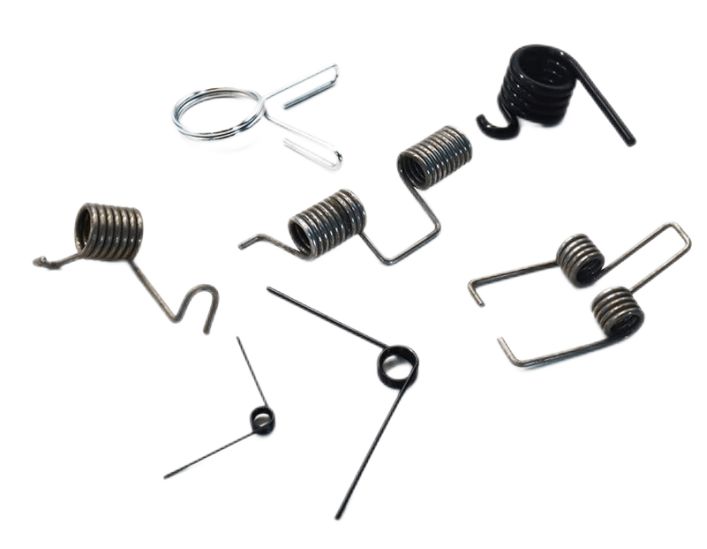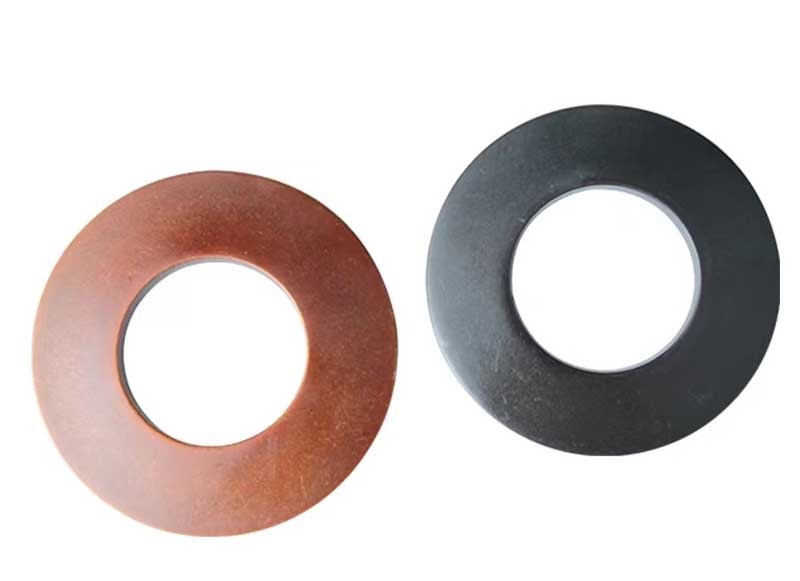Springs are commonly found in everyday items such as washing machines, remote controls, fitness equipment, and bicycles. However, it's important to understand the characteristics and properties of the commonly used springs.
Characteristics of Compression Springs:
Compression springs are manufactured by winding separate helical turns, allowing each turn to have a gap or pitch. This design enables the spring to contract under force while maintaining tension towards both ends.
To avoid friction and fatigue damage, a gap must be reserved between the effective turns of the compression spring when subjected to maximum load.
The free length of the spring should include the actual length of the spring, the gap, and the amount of deformation.
Smoothing the surface of the compression spring increases the contact surface, aiming for around 60-80% contact.
Compression springs have various end treatments, including not being tight or smoothed, not being tight but smoothed, being tight but not smoothed, and being tight and smoothed.
Compression springs are widely used in electronics, motors, computers, automobiles, bicycles, and various industries. They are easy to design and manufacture.
Characteristics of Extension Springs:

Tension springs are wound into closely spaced helical coils or pitch coils. They stretch outward and maintain the force of shrinking toward the middle when subjected to external force.
Extension springs have different types of hooks, such as English hooks, German hooks, side ear hooks, and fishtail hooks.
Extension springs come in various shapes, including straight cylinders, hooks, and other variants, depending on the design.
Extension springs can be used as the reverse of compression springs and find wide applications. However, operational control is slightly more complex compared to compression springs.
Characteristics of Torsion Springs:

Torsion springs are divided into single torsion springs and double torsion springs. They are often inserted into pins or shafts and generate torsional force along the axis, causing the spring to coil or loosen when external force is applied.
Double torsion springs can be outer or inner double torsion with closed or separated circles. The ends of the spring can have hooked or straight torsion arms.
Torsion springs have complex design principles compared to other spring types, and various types of changes make the design more challenging.
Characteristics of Disc Springs:

Disc springs, such as DIN2093, are characterized by their small size, high load capacity, convenient combination and use, and efficient load transmission.
Disc springs can be combined in single-piece involution, multi-piece superimposed combinations, or mixed combinations to achieve various curves.
Disc springs are widely used in industries such as defense, metallurgy, engineering, power, construction, and more. They excel in applications like molds, support hangers, clutches, brakes, buffer devices, bearing preload, safety overload devices, and industrial machinery.
Disc springs adhere to standards like DIN2093 and GB/T1972-2005.
Understanding the characteristics of different springs helps in choosing the right type for specific applications and ensures optimal performance in various industries.